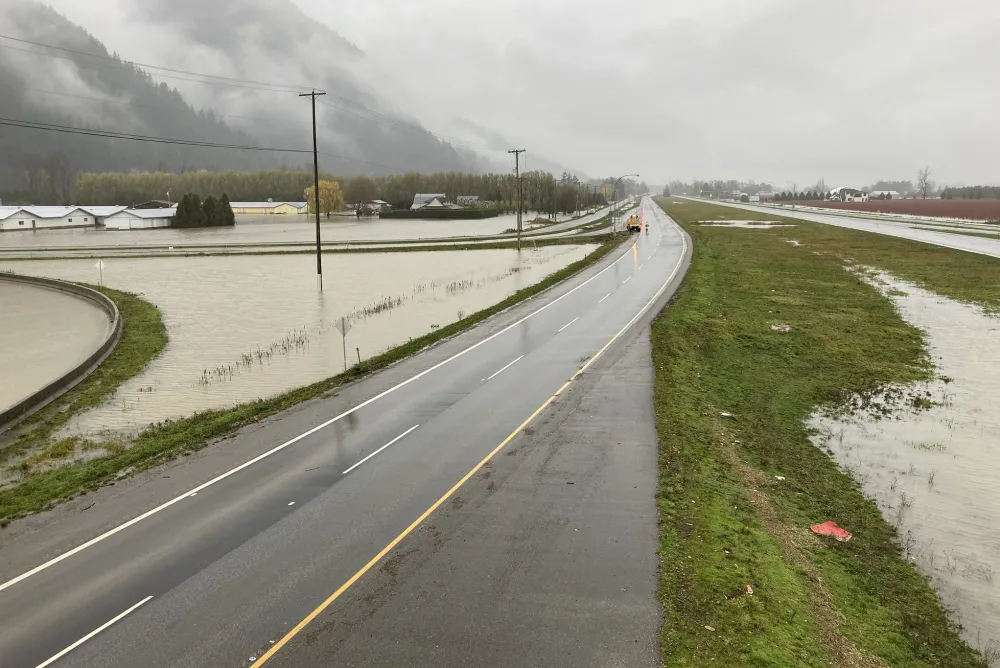As the impacts of climate change continue to be felt by Canadians with devastating effect, accelerating climate action could not be more important across all sectors. Despite an increasingly comprehensive suite of federal policies, the reality is that reductions in national emissions are moving downward far too slowly. The latest emissions reporting from Environment and Climate Change Canada shows that national emissions fell by only 1% between 2005 and 2019. This can be attributed, in part, to emissions from both the oil and gas sector and the transportation sector rising over the same period (20% and 16% respectively), effectively cancelling out the reductions realized elsewhere, such as the electricity sector.
To bring down emissions across all sectors and ensure that Canada can indeed meet its climate goals and transition to a prosperous, carbon-free economy, the next federal climate plan needs to be grounded in credible analysis of future energy supply and demand. Specifically, the Canada Energy Regulator (CER) needs to create, and annually update, an energy scenario that assumes Canada and the world act to limit global warming to 1.5 degrees Celsius. This will inform the development of climate policies that are aligned with the broader goal of limiting the worst impacts of climate change. Policies such as the planned emissions cap for the oil and gas sector will only be effective if they are based on modelling that shows the anticipated trajectory of future demand for energy and a simultaneous reduction in carbon-intensive supplies of energy to meet demand.
What’s missing in Canada’s energy scenarios
Every year, in its flagship publication, Canada’s Energy Futures, the CER produces scenarios that project Canada’s supply and demand of oil, gas, coal, and electricity under various conditions.
 Unfortunately, none of these scenarios are consistent with the world addressing climate change. The consequence is that the CER’s scenarios do not support the planning needed in the era of climate change and may lead to misinformed decision-making. Yet these are the only energy scenarios published by the Canadian government and thus, despite qualifiers these are only scenarios, the CER’s modelling is frequently mispresented and cited as a definitive forecast of future supply and demand. By not providing a net-zero scenario, the Canadian Energy Regulator is undermining government of Canada action on climate change by failing to provide useful information on the full range of energy futures – in particular, ones that are consistent with achieving the Paris agreement and net-zero emissions by 2050.
Unfortunately, none of these scenarios are consistent with the world addressing climate change. The consequence is that the CER’s scenarios do not support the planning needed in the era of climate change and may lead to misinformed decision-making. Yet these are the only energy scenarios published by the Canadian government and thus, despite qualifiers these are only scenarios, the CER’s modelling is frequently mispresented and cited as a definitive forecast of future supply and demand. By not providing a net-zero scenario, the Canadian Energy Regulator is undermining government of Canada action on climate change by failing to provide useful information on the full range of energy futures – in particular, ones that are consistent with achieving the Paris agreement and net-zero emissions by 2050.
While the broad strokes of the energy transition are well understood, uncertainty remains regarding timelines as well as the range of variance in regional energy systems and electricity grids. Variability hinges on available resources, the state of energy systems and markets (e.g. some regions may have abundant supplies of clean electricity while others still rely on fossil fuels for electricity), and with region-specific policy and regulatory context.
To ensure that policy, regulation, and investment together are aligned to support an orderly and inclusive energy transition, robust modelling that maps a path to our desired end goal is essential.
Recognizing the role of net-zero energy scenarios in effective, ambitious climate action, the International Energy Agency (IEA) issued a special report, Net-zero by 2050: A roadmap for the global energy system. The report laid out a roadmap for the global energy sector to meet the goal of limiting global warming to less than 1.5 degrees Celsius. In addition, the IEA now includes a net-zero scenario in the annual World Energy Outlook.
Providing energy projections to 1.5 degrees is pivotal
The IEA’s Net-zero by 2050 is a landmark report that provided considerable clarity on the trajectories and milestones for a global clean energy transition. The CER now needs to follow the IEA’s lead and include a 1.5-aligned scenario in Canada’s Energy Futures.
Canada has a number of pressing public policy questions to answer in the near future. For instance, the federal government has committed to implementing a declining emissions cap on the oil and gas sector. But what is the appropriate level at which to set the cap? Landing on the answer requires credible modelling that relates emissions from the sector to emissions from all other sectors of the economy. Overall, oil and gas emissions will be influenced by proposed and existing regulations (such as the clean fuel regulation) as well as the global demand for Canadian oil—which will decline as the world transitions to clean energy.
On the flip side, how should policies be designed to ensure both rapidly scaled up domestic clean energy supply chains and that clean energy sectors will thrive? Here too, modelling by CER is a critical reference point to shape policy.
Scenarios explore possible futures and do not dictate specific policy direction. However, a credible 1.5-degree scenario by CER can provide a data-driven approach to inform policies and investments so that they are directed toward a sustainable and prosperous energy future.








